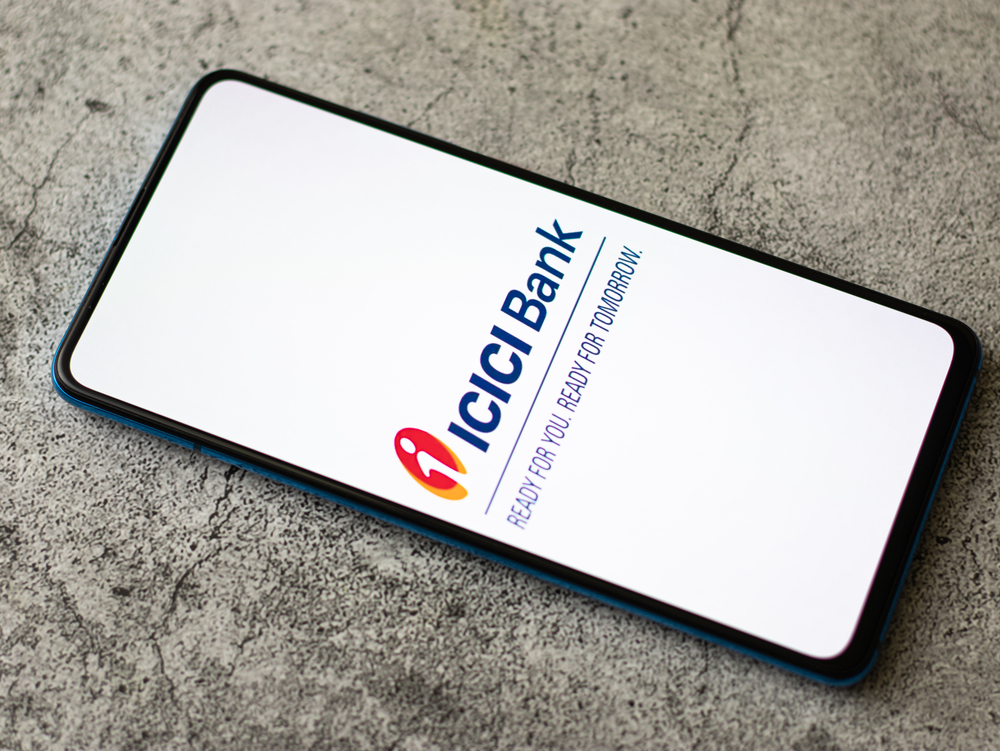Risk Management Tactics for Active Investors
It is critical that we rebalance our portfolio at regular intervals to accommodate our changing risk appetite

There is always an element of risk in any investment; even the most secure of bonds or stocks can encounter a setback due to unforeseen circumstances. When it comes to investing, there is a strong correlation between risk and high returns - the greater the risk, the higher are the potential returns. Conversely, there is a high price for failure, if investors neglect to keep a finger on the pulse of the market and proactively defend their holdings against any existing or emerging threats. Risk management is, therefore, necessary to balance the associated threats and rewards, and helps in building a flexible portfolio that can absorb any shock while showing healthy returns in the long term.
There are various tactics and techniques that active investors can follow to mitigate the risks associated with their portfolios. Some of these strategies are:
Build a diverse portfolio
A diversified portfolio includes different investment instruments, such as stocks, bonds, derivatives, and mutual funds. It ensures that we can minimise the risks associated with any particular asset by distributing our investment across the spectrum. It is important to note here that different financial instruments respond differently to a given event, and diversification, thus, allows us to accommodate any volatility in the market.
Diversification of a portfolio must be extended within a particular investment class, spread across different interest rates, industries, and tenures. It ensures that an investor can balance a high-risk and high-return stock with a stable asset like government securities. A variable tenure also makes sure that there is a cash flow at regular intervals.
Carry out a risk assessment before investing
Often people make their investment decisions based on some snippet of news or rumour, disguised as a ‘hot tip’. However, one should avoid taking any hasty decisions when it comes to investments. Seasoned investors will typically have a well-developed system for risk assessment that considers both quantitative and qualitative risks. Qualitative risk analysis focuses on parameters like corporate governance, compliance with regulation, risk management practices, the integrity of senior management, competitive products/services, and brand value.
Quantitative risk analysis, on the other hand, focuses on assigning a numerical value to the risks associated with stock by running different risk variables through a mathematical model. While quantitative risk assessment can be quite technical, it is worthwhile for active investors to develop competency in the subject. Holistic risk assessment, that considers both qualitative and quantitative risks, allows investors to foresee and prepare for any risk associated with a stock or bond.
Set up stop-loss & take-profit points
One of the dangers in investment is failing to ascertain the point where one should cut their losses or settle on the right profit level. Setting a stop-loss and take-profit point can help in overestimating or underestimating a stock. A stop-loss point is the lowest price at which an investor is willing to sell. It ensures that there are no further losses when an investment fails to perform in an expected manner and is typically assigned as a percentage of the stock value.
Similarly, take-profit is the maximum price at which an investor will sell the investment. Selling a rapidly-appreciating stock can be very difficult given the possibility of healthy gains. Timely selling of the stock ensures that we book profit before consolidation occurs and the prices begin to fall. These two points are designed to ensure that investments stay within one’s risk tolerance even in a volatile market.
Ensure a steady cash flow
Risk management involves preparing for any contingency. While most active investors plan for the long term, one must also take into account short-term needs. Locking up funds in an investment with a long tenure can leave one without ready cash in an emergency. Hence, it is advisable that an investment portfolio includes assets that can be quickly liquidated or allow for a systematic cash flow.
Money market instruments such as treasury bills, certificates of deposit, and commercial papers are not just low in risk, these are also easy to liquidate. Similarly, mutual funds with systematic cash flow, also known as systematic withdrawal plans, allow one to withdraw cash at set intervals, either monthly or quarterly.
Rebalance portfolio
Finally, it is critical that we rebalance our investment portfolio at regular intervals to accommodate our changing risk appetite. This is the amount of risk we are willing to accept in a portfolio and it changes with age, income, and lifestyle. For instance, someone in their 20s may have a higher risk appetite than those nearing retirement.
A smart and well-planned portfolio allows our investments to mature with healthy returns in the long term. However, a good plan must also account for the risks associated with any opportunity. These risk management strategies help us to foresee and prepare for uncertainties and a volatile market, safeguarding our hard-earned savings and restricting losses to a minimum.
The author is CEO, India Affiliate, Institute of Risk Management
DISCLAIMER: Views expressed are the author’s own, and Outlook Money does not necessarily subscribe to them. Outlook Money shall not be responsible for any damage caused to any person/organisation directly or indirectly.









